14 Old Cleaning Habits That Waste More Time Than They Save
We all have our tried-and-true cleaning habits, but some of them are no longer the best approach. Over the years, our understanding of cleaning has evolved, and so should our techniques. Sticking to old methods may actually be wasting time, making the process longer than necessary. It’s time to break away from these outdated practices and embrace smarter, more efficient routines. Let’s dive into the habits that might be holding you back.
This post may contain affiliate links, which helps keep this content free. Please read our disclosure for more info.
Overusing Cleaning Products
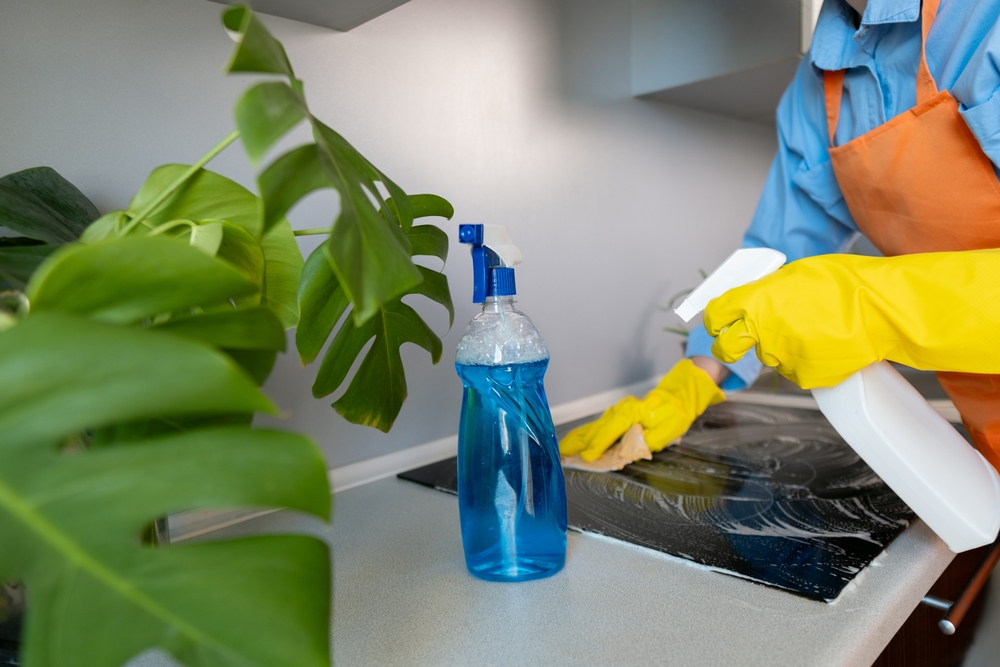
Using an excessive amount of cleaning product can actually extend your cleaning time. Many people think that more soap or cleaner will make the task more effective, but this is not the case. In fact, overuse often results in sticky residues that attract more dirt and dust. Instead, a small amount of the right product is usually all you need for a cleaner surface.
Moreover, using too much cleaner requires more wiping and rinsing, which only adds extra steps. It can also waste cleaning supplies faster, increasing your overall cost. A light, consistent application is usually more effective and efficient. Stick to the recommended amount, and you will notice that cleaning becomes quicker and less labor-intensive.
Vacuuming Over and Over Again
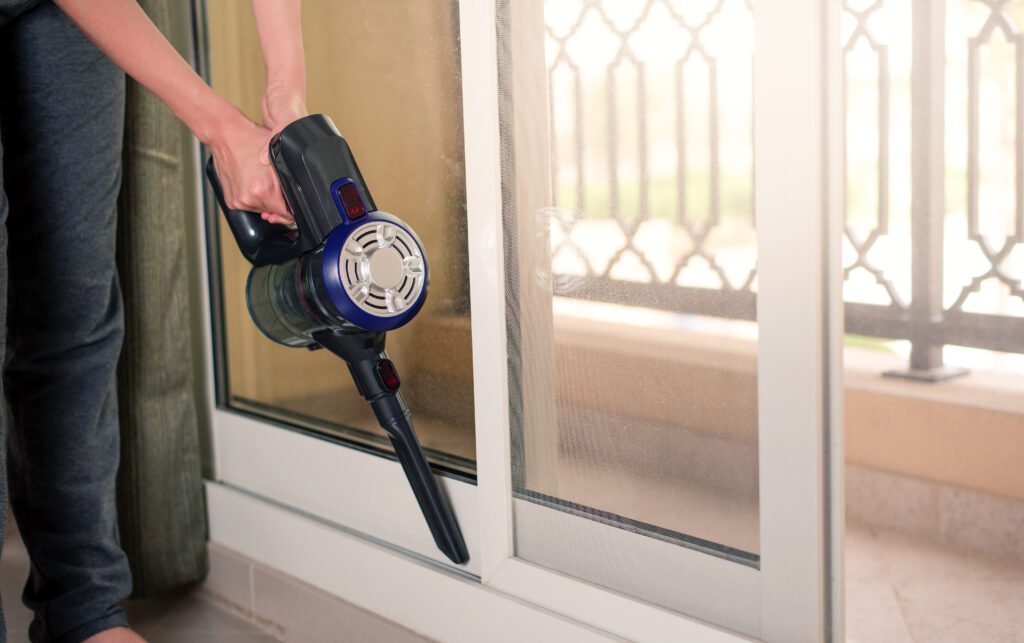
Vacuuming is an essential task, but repeating the same areas multiple times can waste time. Often, people vacuum the same spots without realizing that they have already covered them. This habit may stem from not setting the vacuum to the right settings or rushing through the job. A more effective approach is to move the vacuum slowly over each area once.
Another reason this habit wastes time is that it can cause unnecessary wear on your vacuum cleaner, making it less efficient. To save time, vacuum with intent and focus on the areas that really need attention. If you find yourself going over the same areas, check your vacuum’s suction and settings. Adjusting your technique will streamline your process and help you finish faster.
Washing Windows with Paper Towels
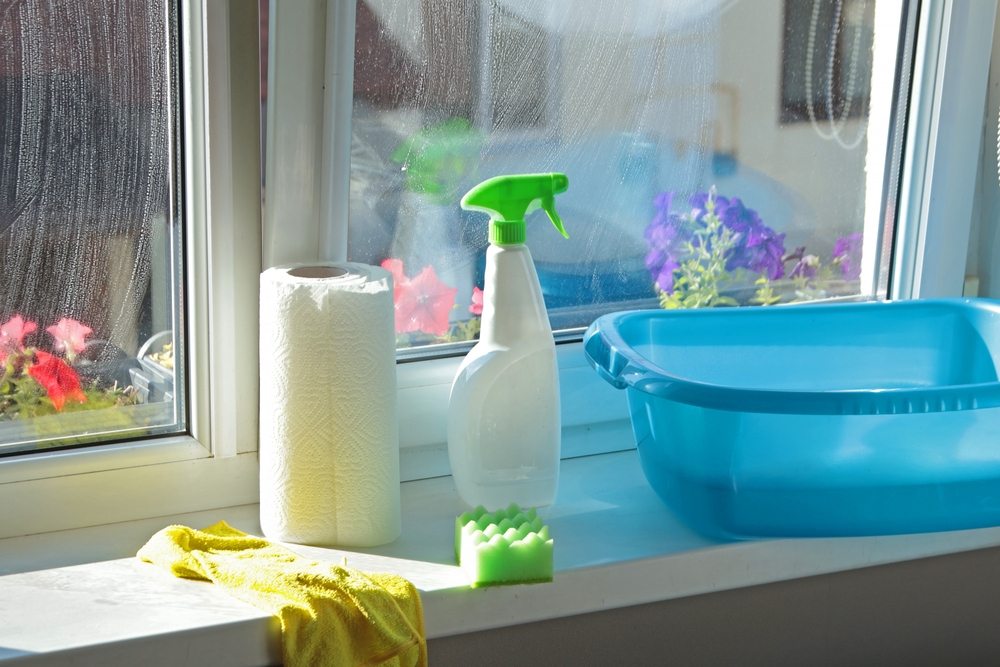
Many people use paper towels to clean their windows, but this method can leave streaks and lint behind. The habit of wiping windows with paper towels not only wastes time but can also result in a subpar finish. Paper towels often require a lot of wiping, and they do not absorb cleaning solution effectively. A microfiber cloth can provide a better solution, as it picks up dirt and leaves windows streak-free.
Additionally, the excessive use of paper towels contributes to more waste and requires multiple passes to get the job done. Microfiber cloths require fewer wipes, and they last much longer than paper towels. They are also reusable, making them a more sustainable and efficient choice. With microfiber, you will spend less time on the task and get better results.
Scrubbing Floors with a Handheld Brush
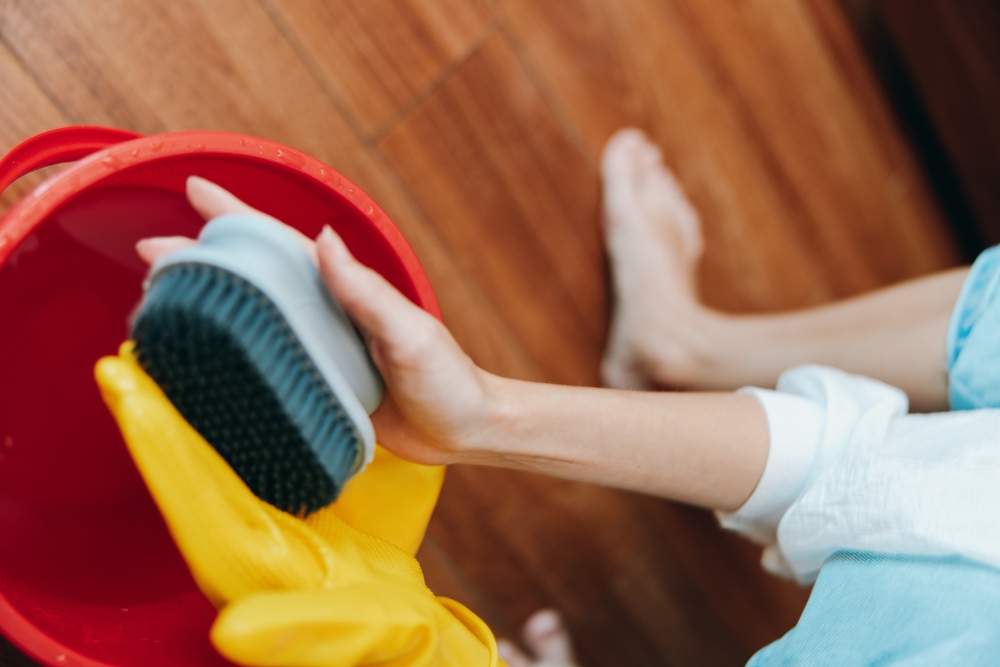
Many people still scrub floors by hand with a small brush or sponge, believing it is the best way to tackle stubborn dirt. While this method may seem thorough, it is extremely time-consuming. Scrubbing by hand requires bending down and repeatedly going over the same areas, which can be tiring. Instead, using a mop or a floor scrubber will save you time and effort.
Additionally, handheld scrubbing can leave areas unevenly cleaned, as it is difficult to apply the same pressure everywhere. A mop or scrubber with a handle provides better coverage in less time. Using the right tools allows you to cover more surface area quickly and thoroughly. It reduces the strain on your body and helps you finish cleaning much faster.
Cleaning All Rooms in One Go
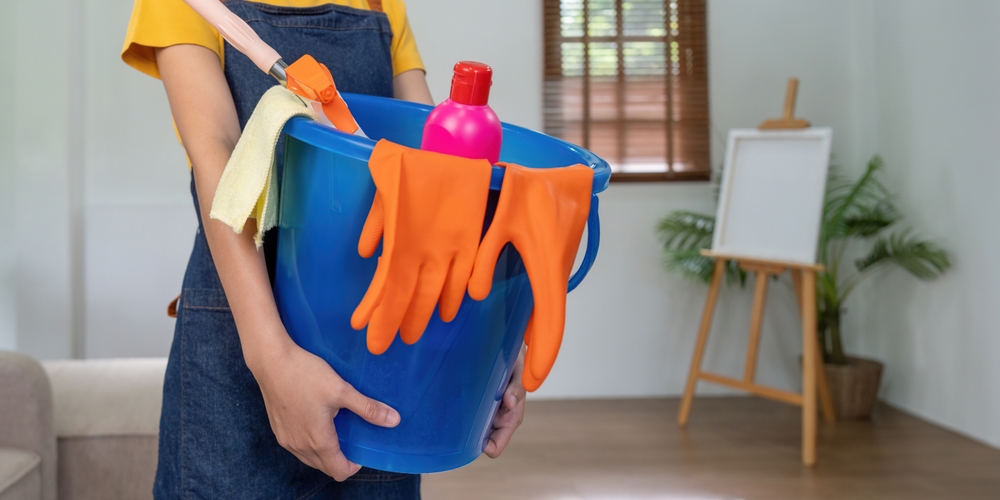
Some people make the mistake of cleaning their entire house at once, hopping from room to room without a clear plan. While it may seem like multitasking, this habit can result in wasted time and effort. Moving from one room to another without completing one task can create unnecessary back-and-forth. Focusing on one room at a time is a more effective strategy.
By sticking to one area, you can stay focused and finish tasks more efficiently. You will avoid missing spots and end up with a more thorough clean. It is also easier to maintain momentum when you can complete an entire room before moving on. This method ultimately helps you clean faster and with less frustration.
Using Different Cleaners for Every Task
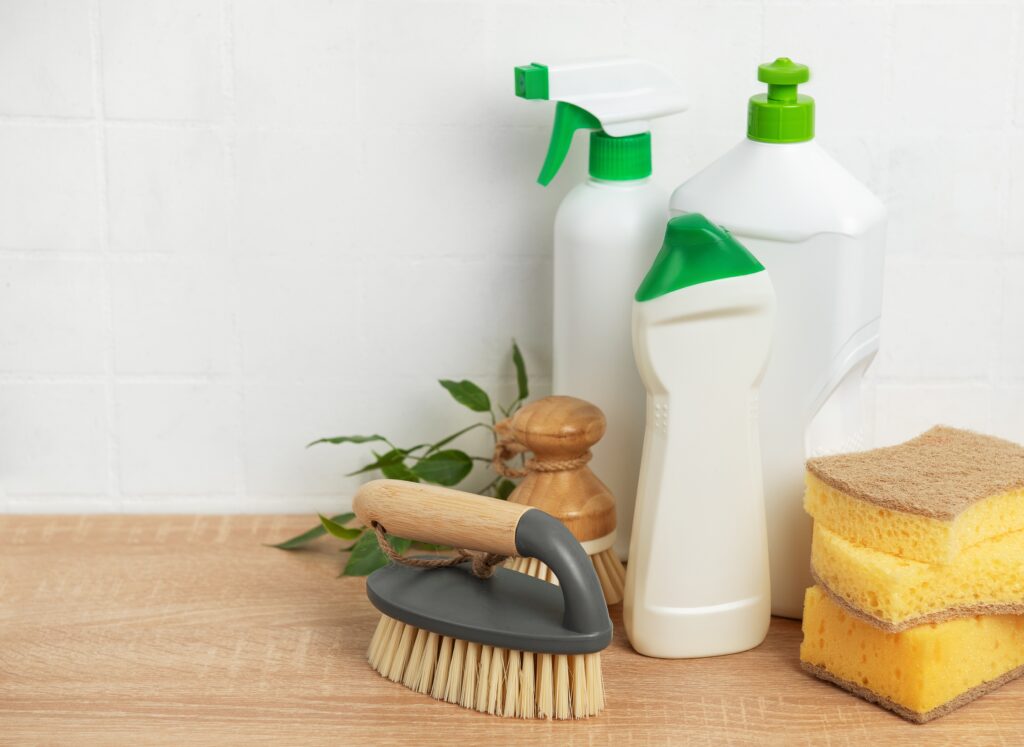
Using a separate cleaner for every surface or type of dirt is another time-wasting habit. Some people feel the need to have a specific product for each room or task. This can result in having to grab multiple bottles, making the cleaning process unnecessarily long. Instead, find a multi-purpose cleaner that works on a variety of surfaces.
Not only does this save time, but it also cuts down on clutter, as you won’t need to store numerous bottles of products. Many modern cleaners are designed to be versatile, offering a safe and effective solution for various areas of the home. By simplifying your products, you can speed up your routine and reduce the amount of time spent switching between different supplies.
Washing Clothes in Very Hot Water
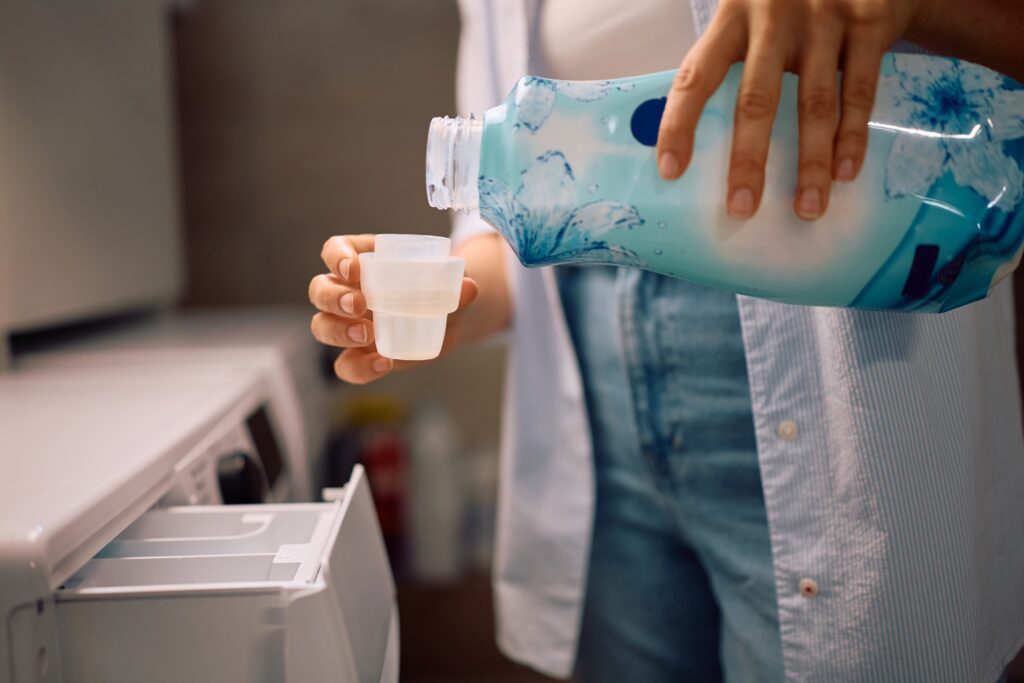
Washing clothes in very hot water is a habit that many people think helps remove dirt and stains. However, hot water can actually damage fabrics and cause colors to fade more quickly. Over time, this leads to worn-out clothes and the need for more frequent replacements. Cold water is often just as effective for most laundry loads, saving energy and extending the lifespan of your garments.
Using cold water also saves time, as you can wash a wider range of items together without worrying about temperature settings. It helps preserve the integrity of delicate fabrics, reducing the need for repairs or replacements. Additionally, washing in cold water is more environmentally friendly, which is an added bonus. This simple switch will make your laundry routine quicker and more efficient.
Dusting with a Dry Cloth

Using a dry cloth to dust is a cleaning habit that actually spreads dust around rather than removing it. When you use a dry cloth, the dust particles are often stirred up into the air, only to settle back onto surfaces. A damp cloth or microfiber cloth will trap dust, making it easier to wipe it away. This method requires fewer passes and results in a cleaner, longer-lasting surface.
Dusting with a dry cloth also leads to the accumulation of dust in the air, making your home feel dirtier faster. A slightly dampened microfiber cloth can trap dust particles and prevent them from resettling. By making this small change, you can keep your surfaces cleaner and reduce the time spent dusting in the future. This is a simple fix that yields impressive results.
Cleaning with Old Sponges
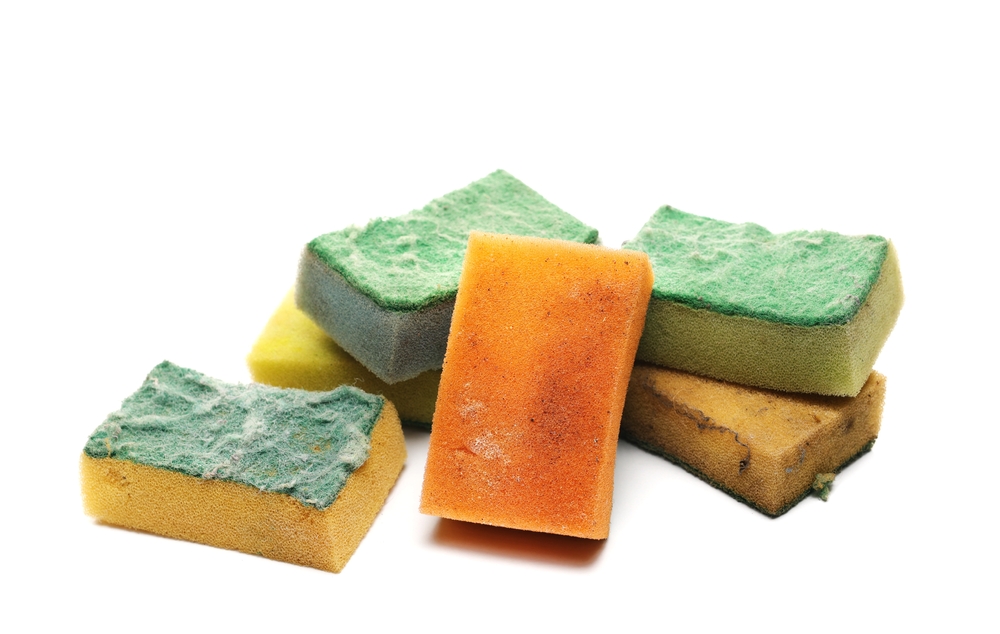
Old sponges are often full of bacteria and grime, making them less effective at cleaning. Some people continue to use worn-out sponges, thinking they are still useful. However, these sponges tend to spread germs and dirt around rather than removing them. Replacing old sponges regularly ensures that you are using a fresh tool that will work more effectively and hygienically.
Additionally, old sponges are less absorbent, meaning they require more effort to wipe up spills or clean surfaces. It is essential to replace sponges every few weeks or disinfect them regularly to keep your cleaning efficient. With a new sponge, you can tackle cleaning tasks quicker and with better results. This simple change prevents more time-consuming re-cleaning and helps maintain a sanitary environment.
Cleaning the Bathroom from Top to Bottom
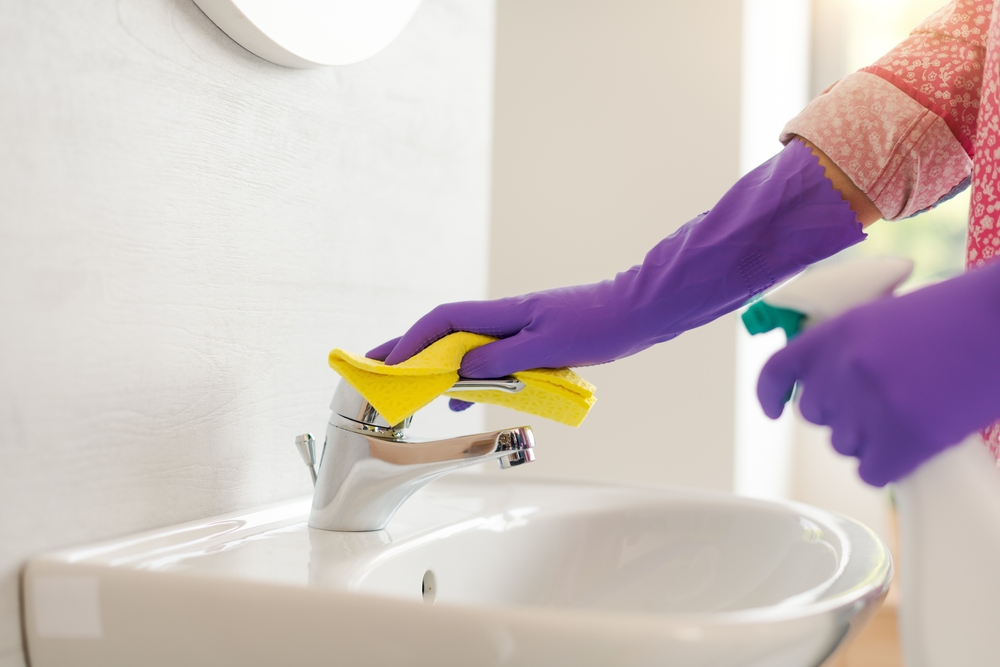
While it makes sense to start at the top when cleaning, some people take it too literally by cleaning the bathroom from the ceiling down to the floor. This can lead to unnecessary steps, as dirt from higher surfaces ends up on lower ones, requiring a second round of cleaning. Instead, focus on one area at a time, moving from one side to the other and cleaning as you go. This method allows you to complete each task efficiently without the need to redo parts of the process.
Starting with the ceiling can also lead to wasted time if it’s not necessary to clean it regularly. Skip the unnecessary top-to-bottom approach and focus on the areas that need the most attention. By adjusting your cleaning sequence, you can complete the task faster and with fewer repetitive motions. This way, you can enjoy a cleaner bathroom in less time.
Washing Dishes Before They Are Soaked
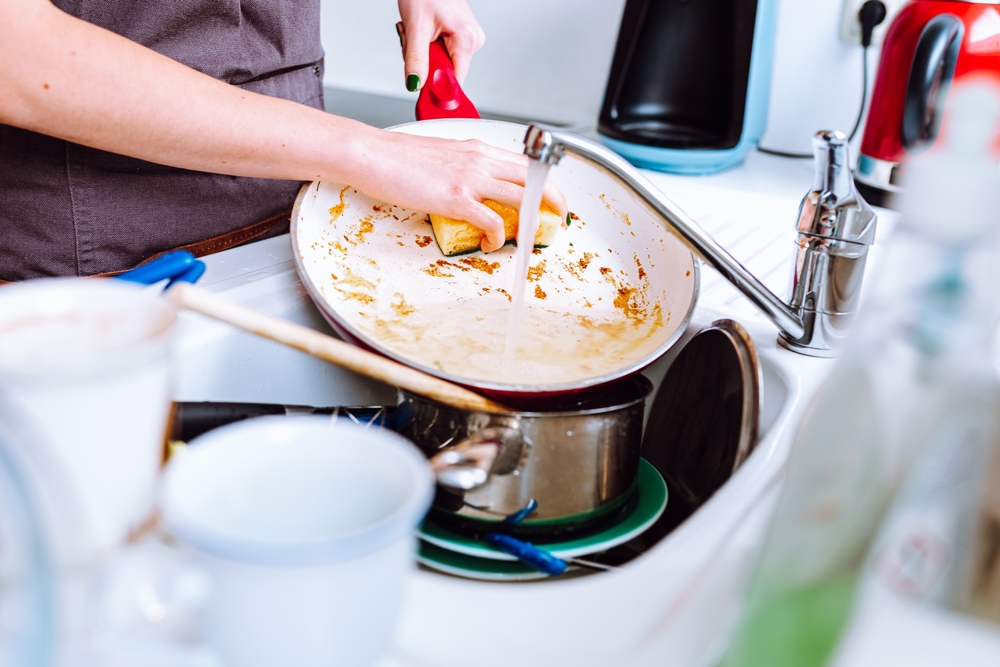
Trying to wash dishes immediately after use without letting them soak can waste more time than it saves. Stubborn food particles may stick to plates and pots, making them harder to clean. Instead, let dishes soak in warm soapy water for a few minutes before scrubbing. This softens the food debris, making it easier to clean without excessive scrubbing.
Additionally, washing dishes right after use can be tiring, especially after a meal. Soaking allows the cleaning process to be more efficient, as the food particles loosen and become less of a hassle. A few minutes of soaking can save you a lot of time in the long run and prevent you from scrubbing endlessly. This method results in quicker, more effective cleaning and saves energy.
Washing Walls by Hand
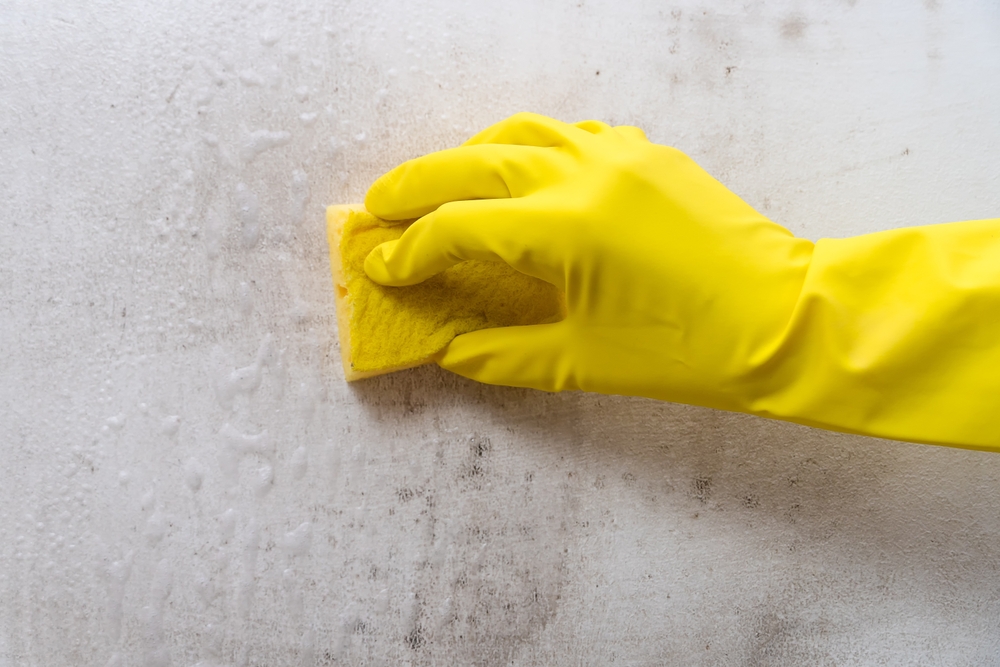
Many people use a cloth or sponge to clean walls, which can be extremely time-consuming, especially in large spaces. It is better to use a mop with a microfiber pad or a long-handled brush. These tools can cover more surface area faster and without the need for excessive bending. Using the right equipment allows you to clean your walls in less time and with less effort.
Handwashing walls with a cloth is also ineffective in terms of removing dust and grime from higher spots. A mop or long-handled tool can reach the top of the walls, saving you the hassle of using a ladder. This method is much more efficient and helps you clean large areas in one go. It is one simple change that can drastically speed up the cleaning process.
Using Too Many Different Mops
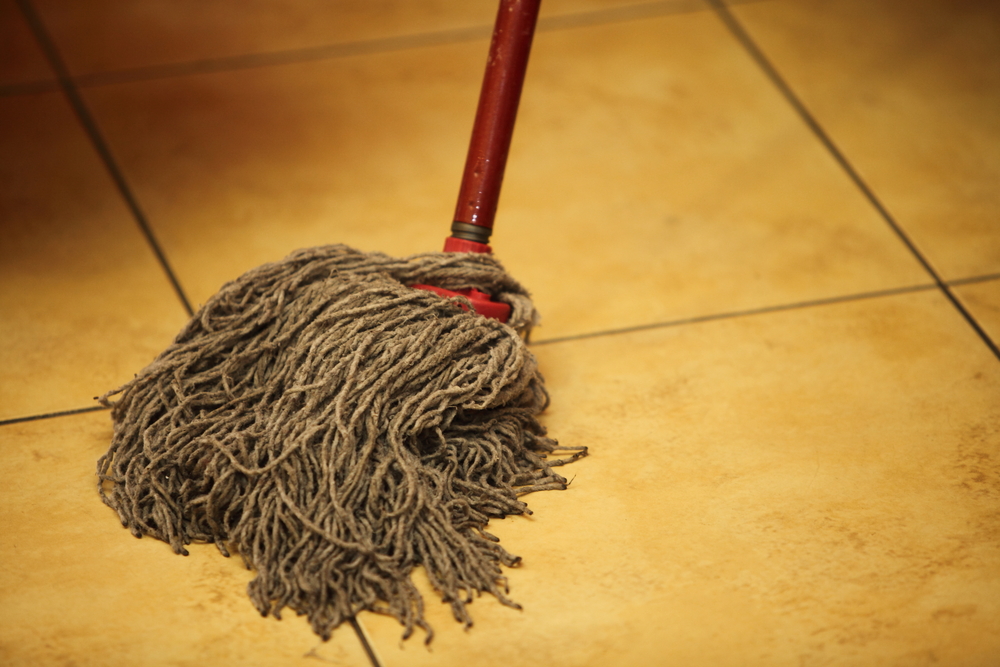
Some people have a separate mop for every floor type or room, but this habit wastes time and space. Multiple mops require extra storage and cleaning, making the process more complicated. Instead, choose a multi-functional mop that works well on various surfaces. A quality mop can handle both tile and wood floors without needing to switch tools.
Having too many mops also means more time spent cleaning and maintaining them. A versatile mop eliminates the need for several different ones, allowing you to clean faster and more efficiently. With the right mop, you can tackle different floor types with ease and reduce your cleaning time. This simple change can streamline your entire cleaning routine.
Skipping the Quick Clean for the Deep Clean
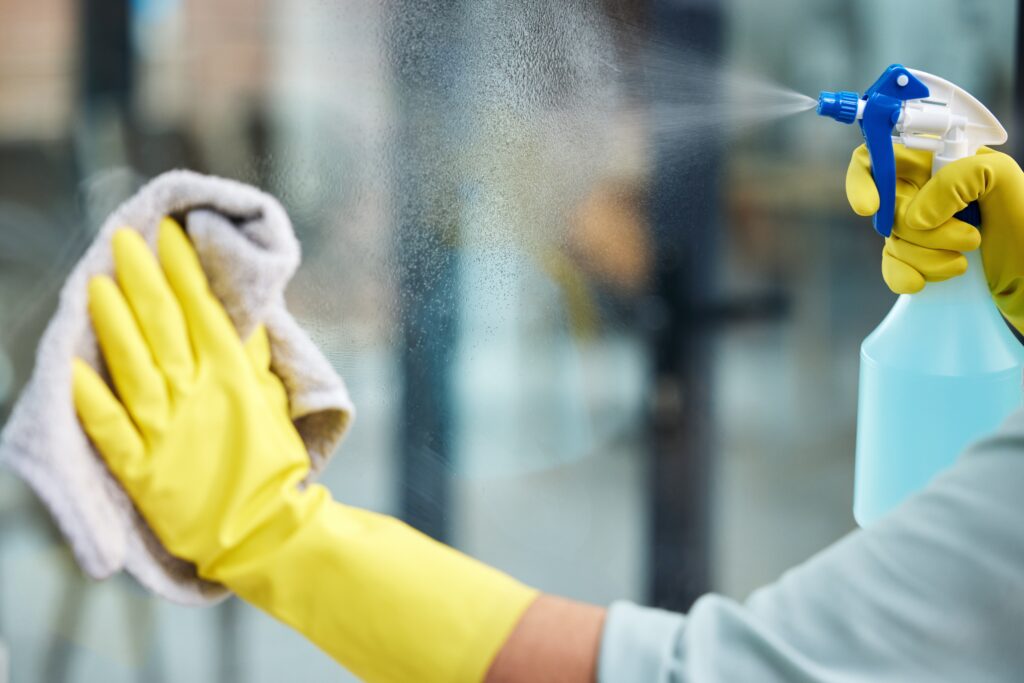
Sometimes, people wait until the mess is overwhelming before they start cleaning, which leads to longer, more exhausting sessions. Skipping quick daily cleaning habits can make deep cleaning much more difficult. It is better to spend a few minutes each day tidying up rather than waiting until things pile up. Quick, regular cleaning prevents buildup and reduces the time needed for extensive cleaning later.
Focusing on maintaining a clean home with small daily tasks means that deep cleaning becomes less frequent and easier to handle. Regular cleaning keeps things looking fresh without requiring hours of hard work. By avoiding the habit of putting off cleaning, you can save both time and energy. Keeping up with small tasks daily leads to a cleaner home in less time.
This article originally appeared on Avocadu.
